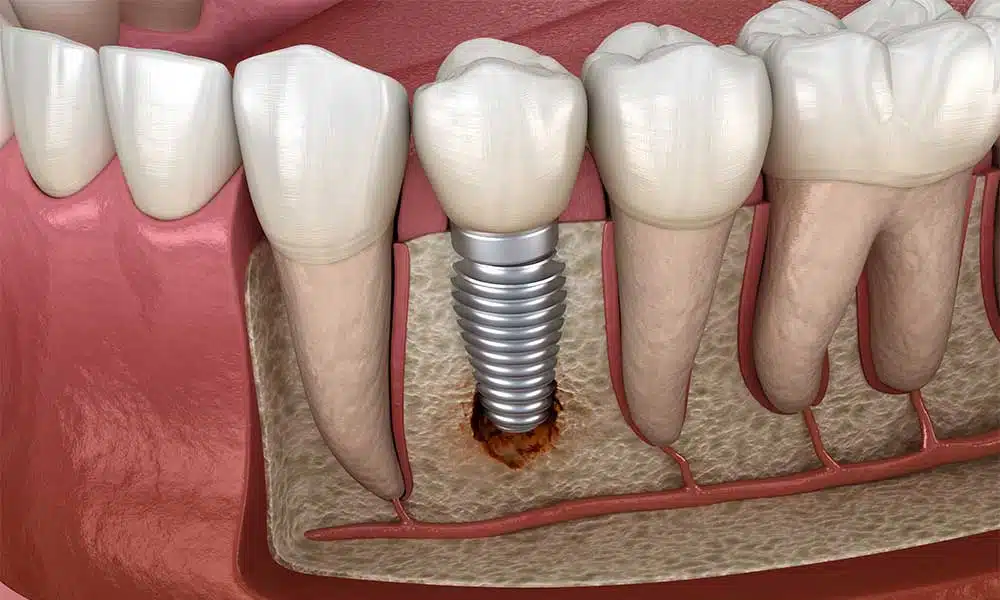
Dental implants are a very effective and safe alternative to replace a lost tooth, whether it is due to cavities, periodontal disease or an accident. Dental implants are like an artificial root made of biocompatible titanium that is attached to the maxillofacial bone through the osseointegration process. Once the union is achieved, the abutment is placed and then the tooth.
What advantages do dental implants offer?
To replace the missing tooth or teeth, there are three alternatives: the dental implant, the fixed prosthesis, and the removable prosthesis. However, dental implants offer many advantages over the other two alternatives:
- It is a conservative procedure. It is not necessary to carve or adapt the teeth adjacent to the tooth to be replaced. This technique prevents subsequent injuries from occurring.
- The implant can be placed on any patient. It is only necessary to check the oral health status to rule out that there are cavities or any other disease if they exist they must be eliminated before the procedure. They are not only recommended for those who suffer from bone disease or are undergoing treatment with drugs that can affect this area.
- The implant prevents chewing and tooth movement problems. When we are missing a tooth, the rest of the teeth can try to be repositioned to fill the existing gap. On the other hand, when the bone does not receive the stimulus produced by the tooth when chewing, it causes a loss of thickness and height.
- The implant increases the patient’s self-esteem. The placement of a tooth identical to the original, which replaces the gap of the missing tooth. It allows you to smile, speak, and chew without problems. Not only does your smile improve, but your quality of life recovers.
- It does not need special care. The hygiene of the implant is the same as that of a normal tooth. You have to brush to avoid tartar and cavities. It is necessary to carry out periodic reviews to the dentist to check the good health condition and thus make sure that the dental implant lasts us forever.
- The implant can be placed even if there is not enough bone. The new advances allow for alternatives to place the implant in an inclined position in such a way that it grasps the nearest bone area or to do a bone graft.
What does the treatment consist of?
Placing an implant to replace the missing tooth is a very simple and safe technique. The implant is like a screw that must be inserted at the base of the gum, into the maxillofacial bone, by surgery. The placement will be carried out by a maxillofacial surgeon or implantologist. This “screw” will act as the new root of the tooth through full integration with the bone. This integration between the dental implant and the bone will take about 2 or 3 months to complete.
Once the adequate union between bone and implants has been confirmed, a pillar or base will be placed so that the new dental piece, or prosthesis, grasps and does not move. The new tooth is made to measure; the doctor will take the measurements of the gap and color data of the original pieces so that the appearance of the new one is identical to the others. The tooth will be cemented and screwed to the implant.
Dr. Brandon Schmidt | 31-July-2020

